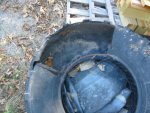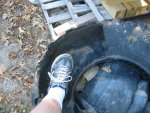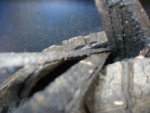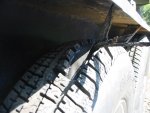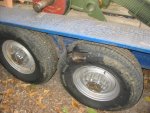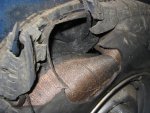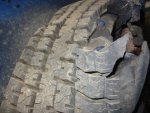goldneagle
Well-known member
- 4,738
- 1,509
- 113
- Location
- Slidell, LA
From the PDF file:The answer is in the Goodyear link provided above. If you click on load and inflation information, a pdf file will open and give you all the information you want on this subject, including a new maximum load capacity if you are going over the speed rating. In short, the speed rating and max weight are meant to be used in tandem with the inflation pressure range. By changing any one, the other two can be adjusted to compensate safely.
It is there, in writing, from the manufacturer of the tire.
**Disclaimer**
Just because the tire can be safely driven at that speed does not mean that it is a safe driving speed for that particular vehicle. That is a personal decision, to be made by the individual. I would suggest restraint until very familiar with the vehicle and the tires in question.
LOAD ADJUSTMENTS FOR SPEED
A) Load Adjustments for Increased Speed (Column A on Worksheet pg. L-5)
Speeds > 65 mph for 65 mph rated tires
(Tires restricted to less than 65 mph may not be adjusted using this method.)
The Tire and Rim Association permits tire load increases, often with increased inflation pressure, for both Truck-Bus tires and Light Truck
tires used on improved surfaces at reduced operating speeds. In addition, the Tire and Rim Association also permits operating a 65 mphrated
tire at higher speeds with a reduced load and increased inflation. (The Goodyear Tire & Rubber Company does not condone or
recommend operating speeds above posted limits.) Goodyear accepts these increases, and they are published in our truck tire engineering
data book. Rim and wheel manufacturers mark their products with a maximum load and inflation. This applies regardless of operating
speed. The rim/wheel manufacturer must be contacted to determine if any deviation is permitted in the marked maximum load and inflation
capacity of the rim or wheel at the operating condition in question. For further details and a worksheet covering the use of these tables,





